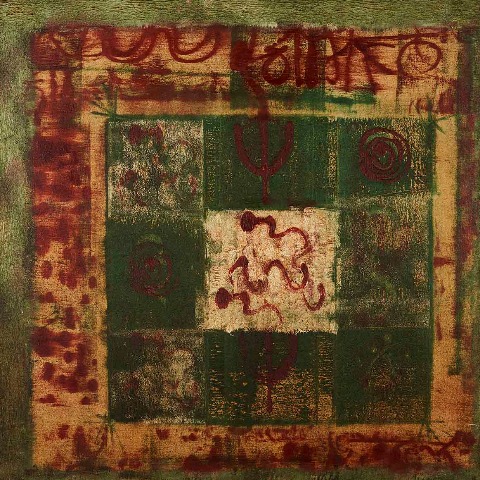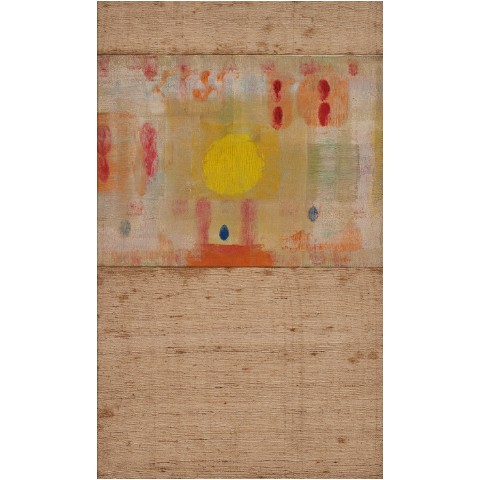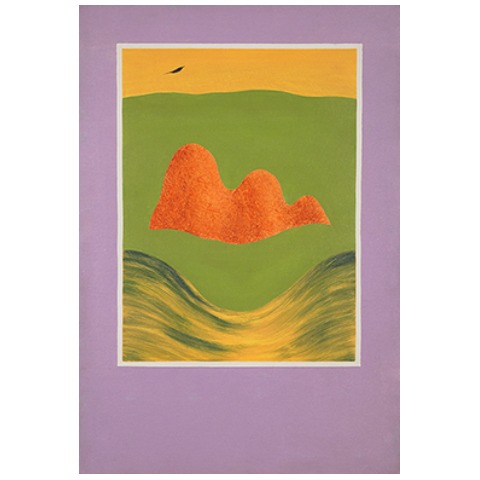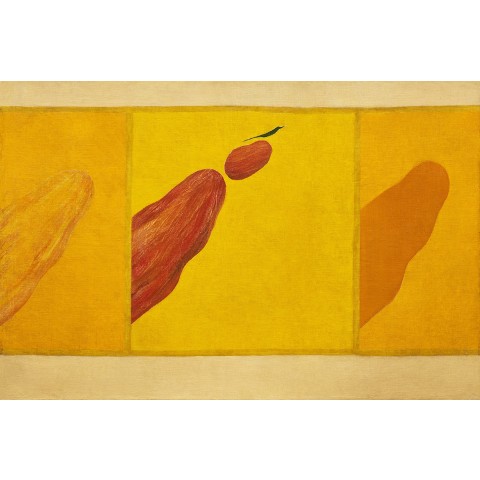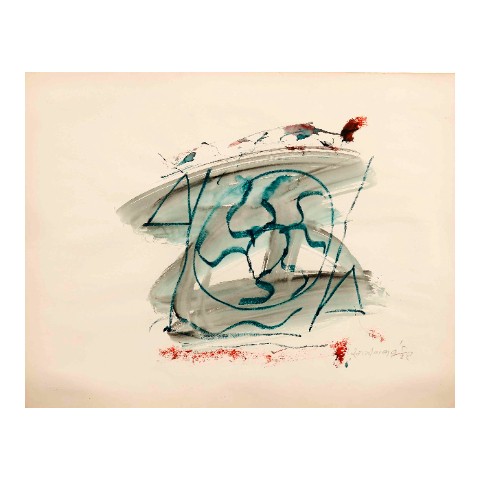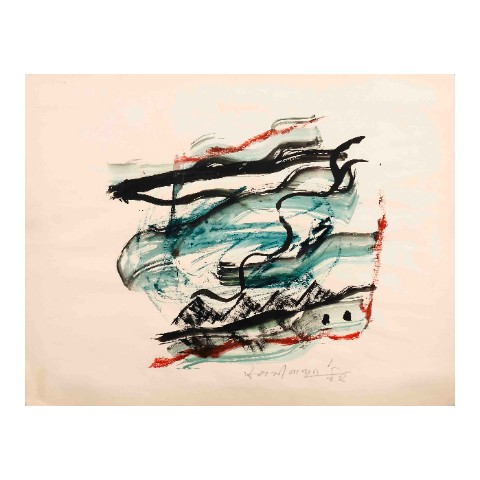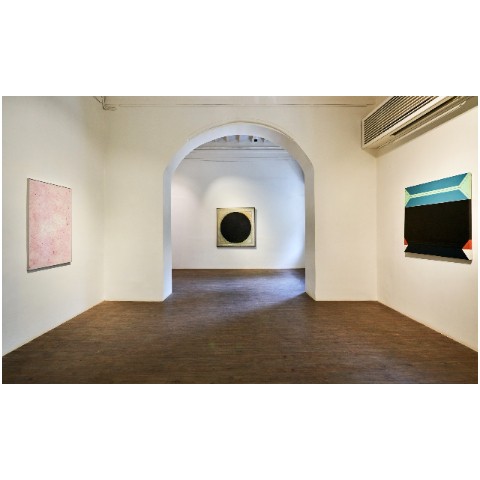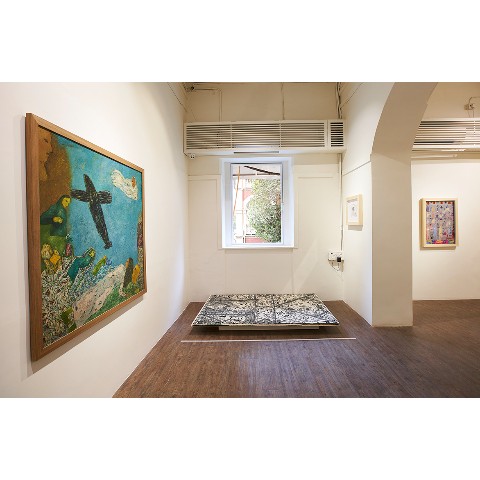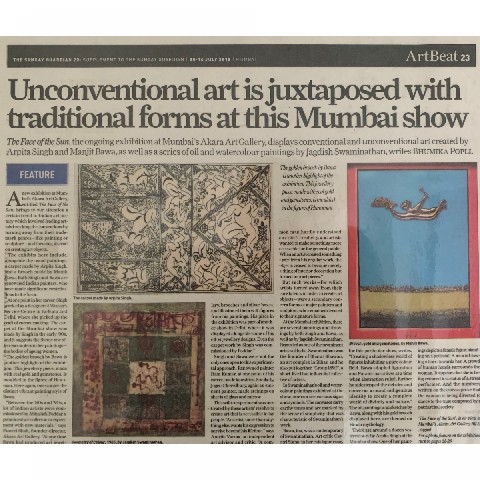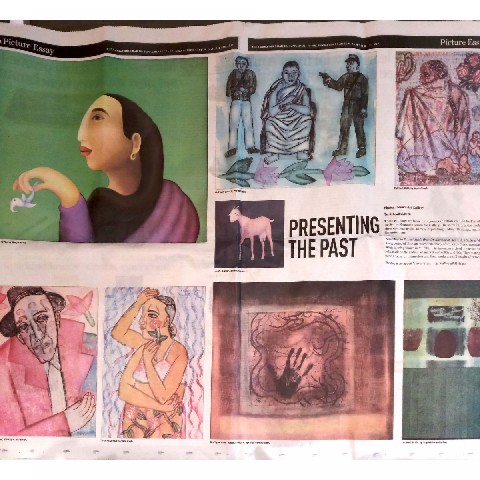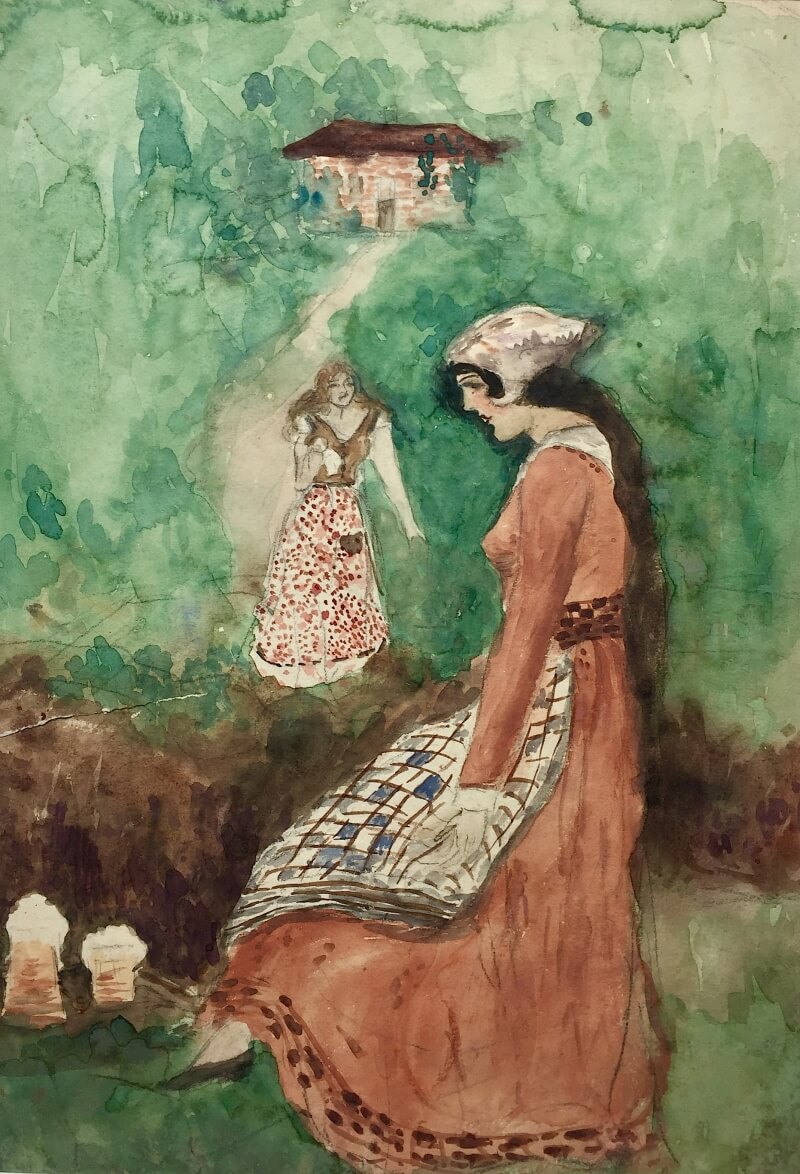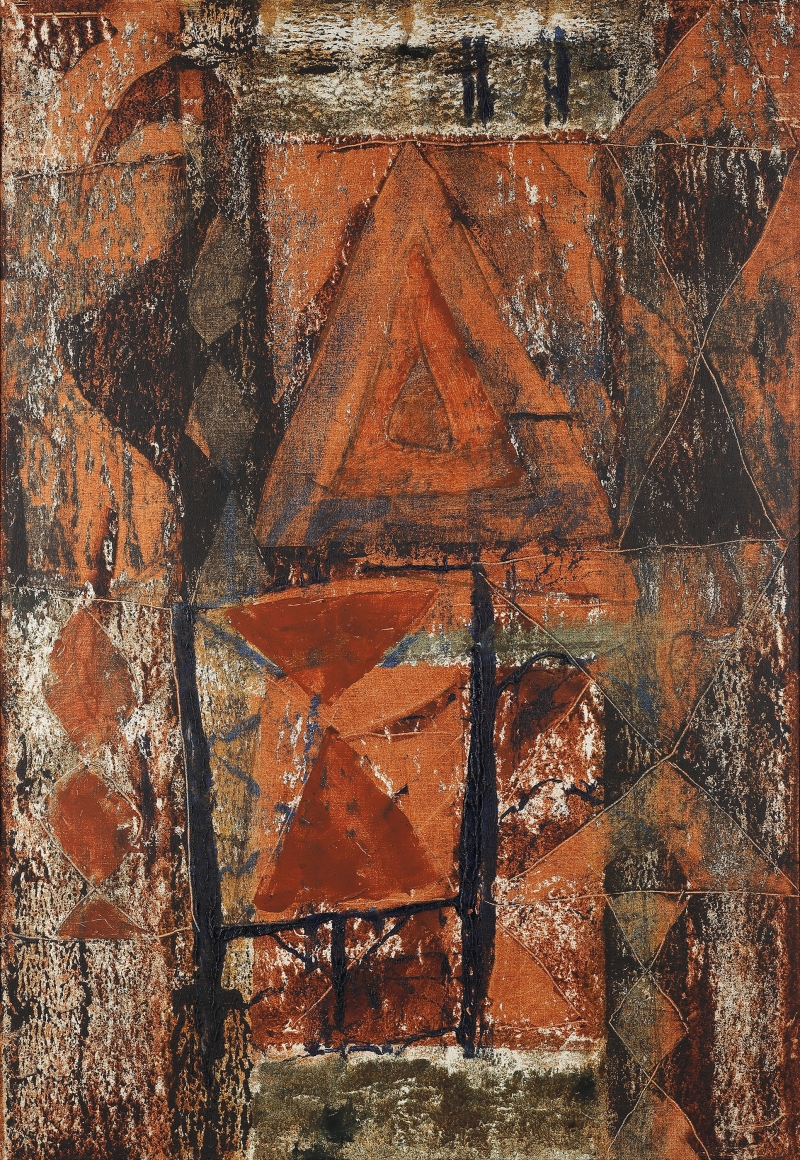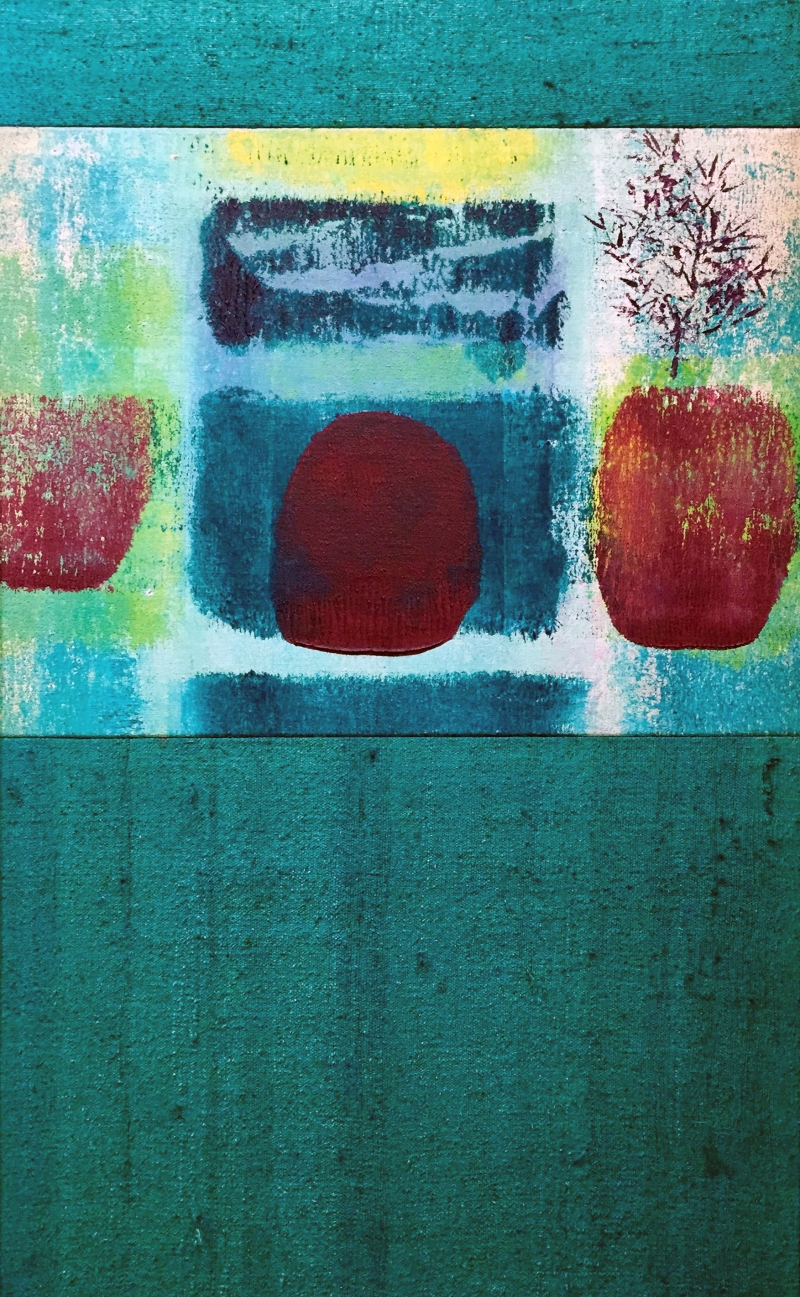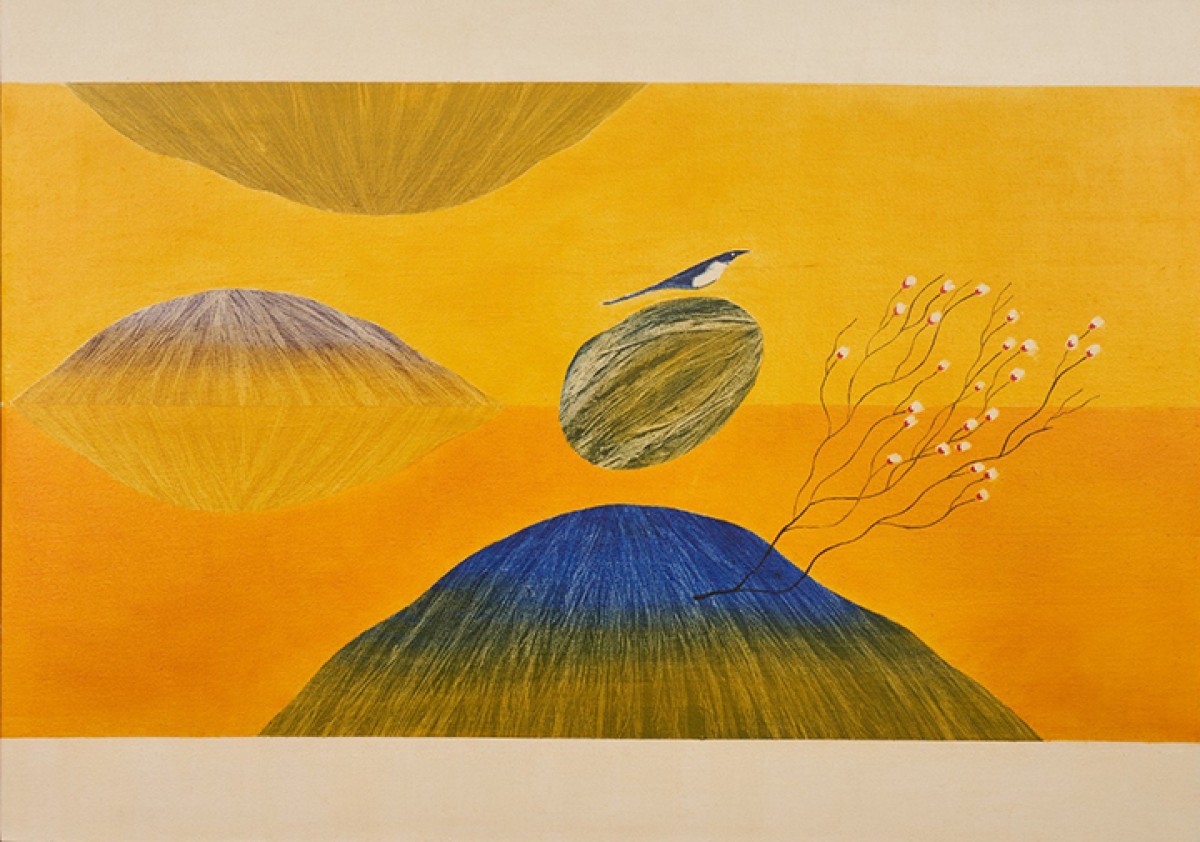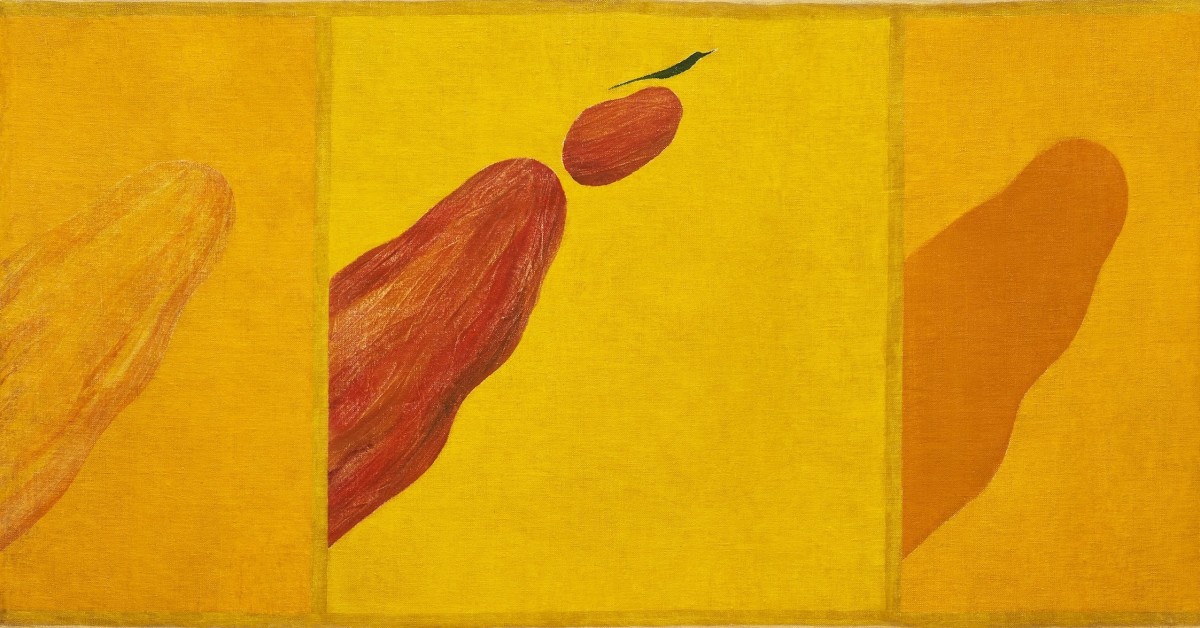
JAGDISH SWAMINATHAN
Akara Modern
1928 -1994
Jagdish
Swaminathan, born in Shimla, India was a modernist artist, critic and one of
the key figures of Indian art history during the 20th century. While
pursuing his art education at the Delhi Polytechnic in the mid-1950s, Swaminathan
worked as a journalist and editor at a Hindi weekly. He was even renowned for
his attempt to integrate indigenous practices that changed the framework
through which Indian art was viewed.
In 1958, he
won a scholarship to study graphics at the Academy of Fine Arts in Warsaw,
Poland. By the late 1960s, he had gained recognition as an important Indian
painter and was awarded the Jawaharlal Nehru Fellowship in 1968. Thereafter, he
established Group 1890 at Bhavnagar, Gujrat in 1962, which included artists
such as Jyoti Bhatt, Himmat Shah and Jeram Patel. The group’s manifesto
attacked the idealism of Bengal schools and the techniques of European
Modernism.
While Swaminathan’s
latest works from the 1970s onwards incorporated bold, bright colour palate and
geometric characters of Pahari miniature paintings and Tantric Art, his early
works include many robust paintings and drawings of figurative subjects. Over
time, he evolved toward abstraction with an underlying spiritual revere. In
addition to his numerous exhibitions, Swaminathan’s work was included in the
Tokyo Biennale in 1965 and the first International Triennale in India in 1968.
